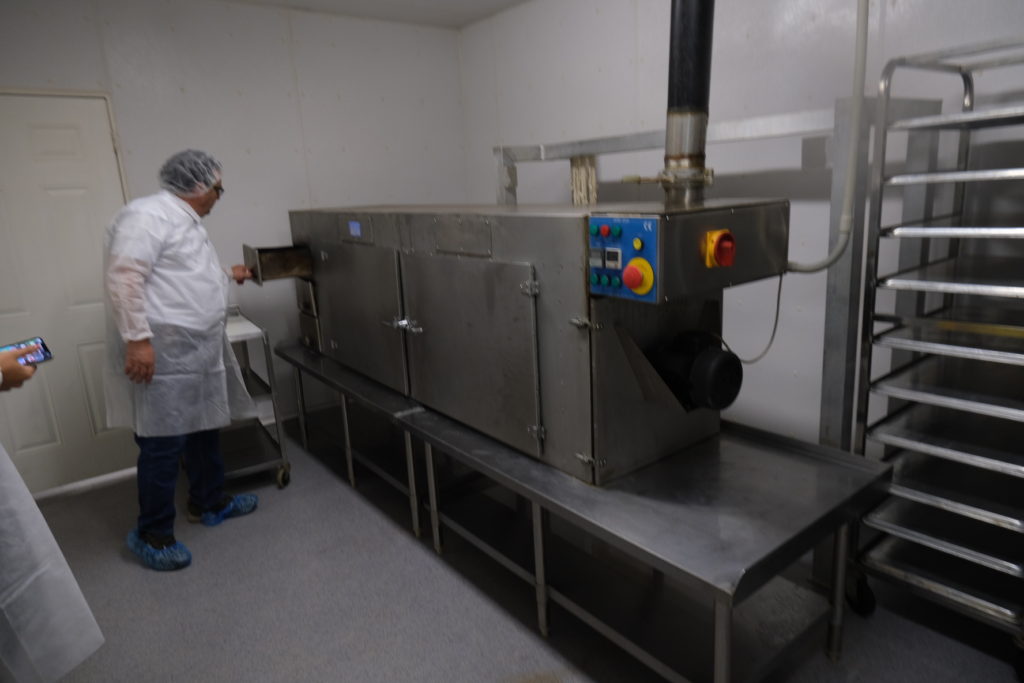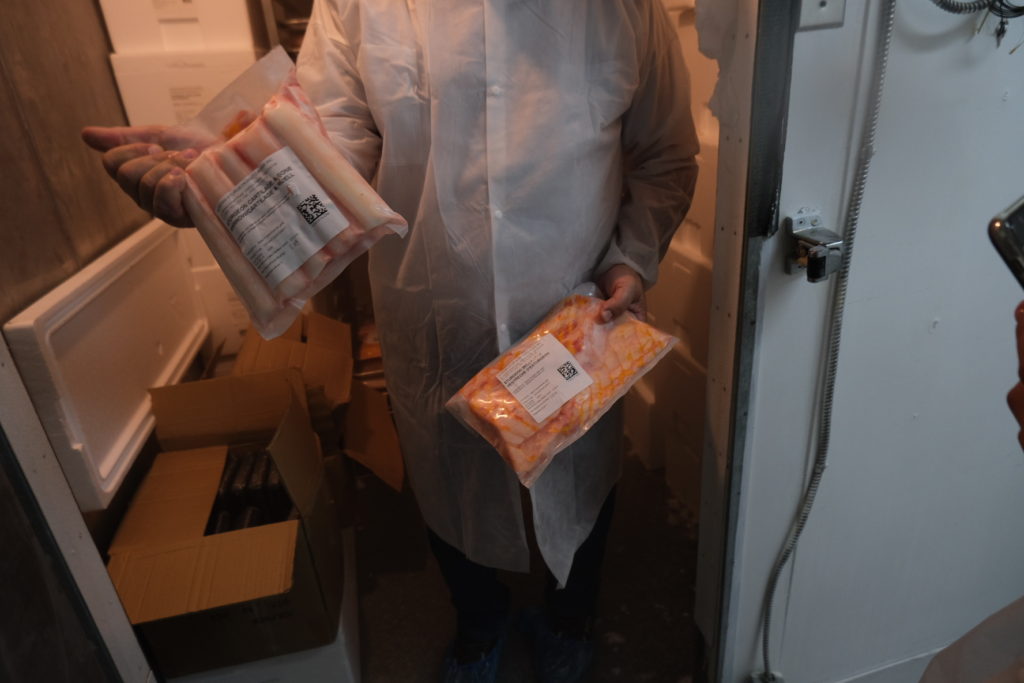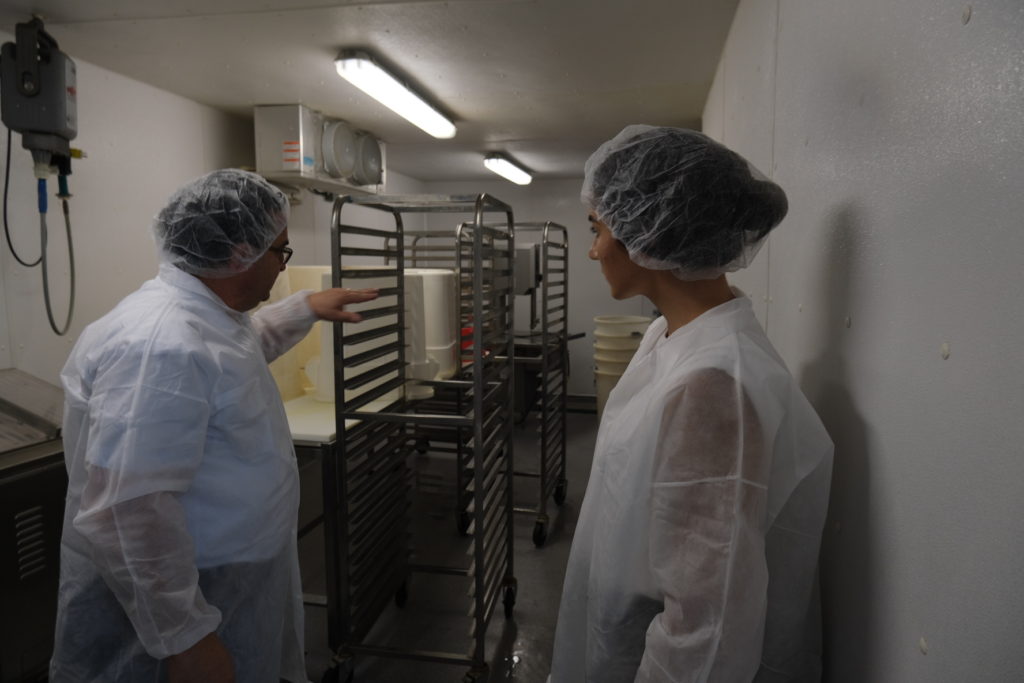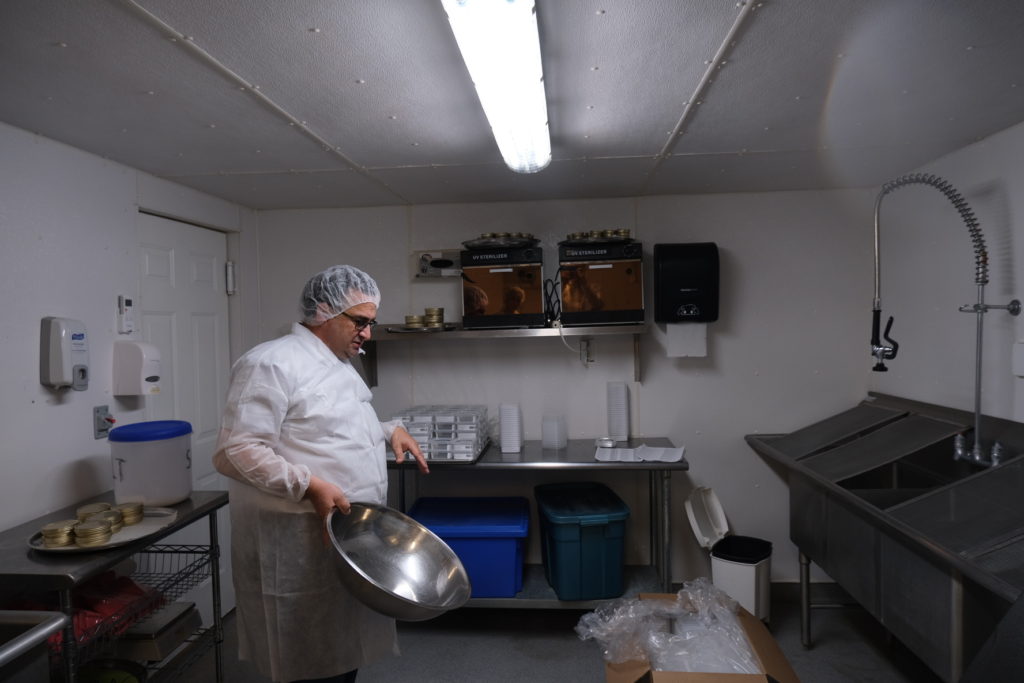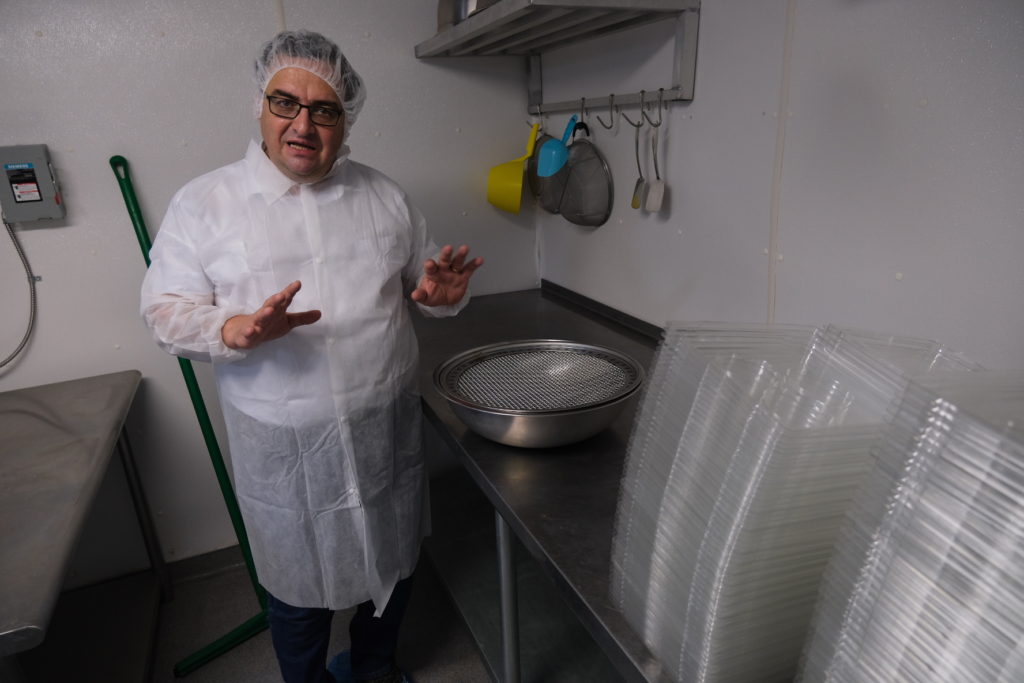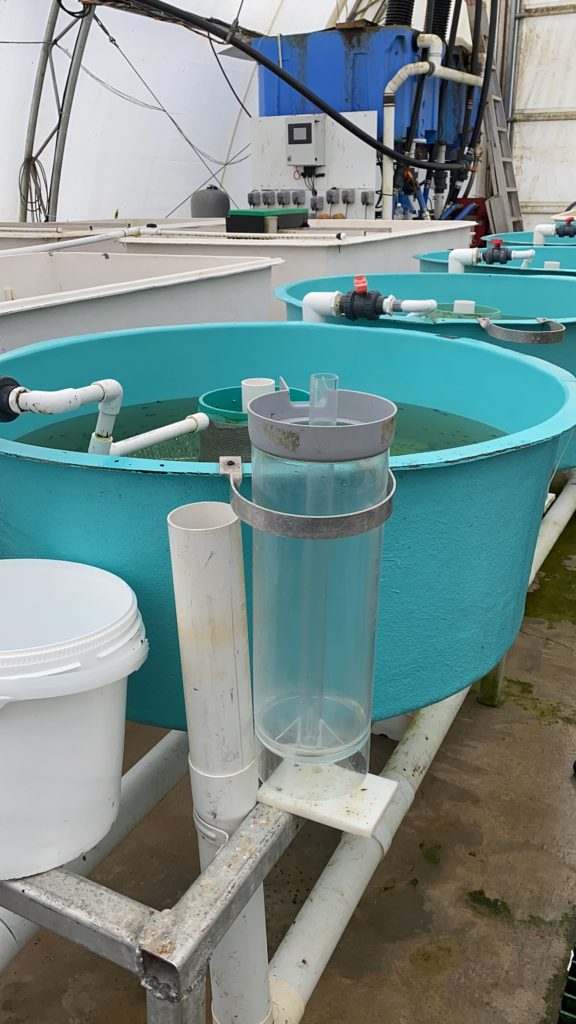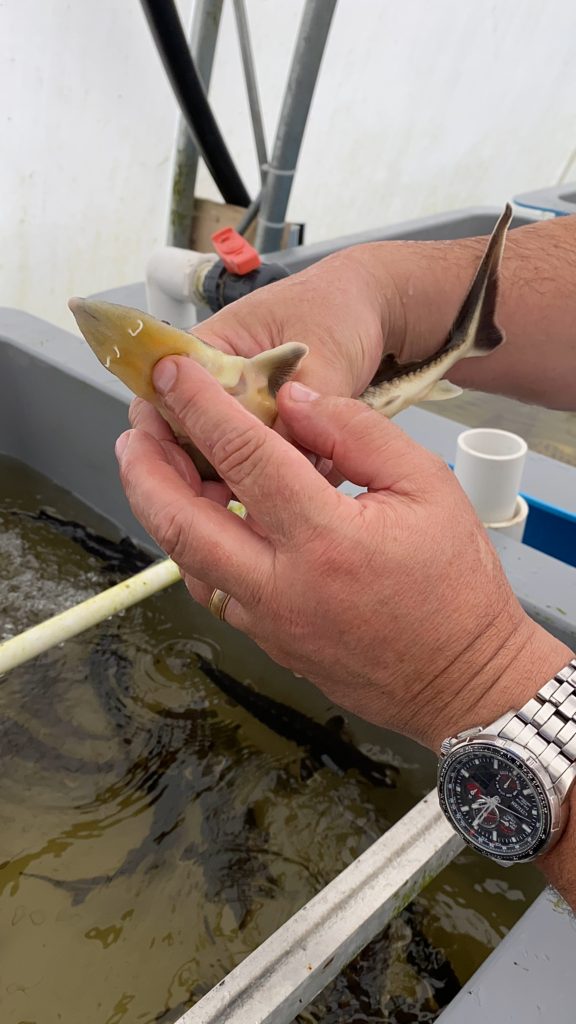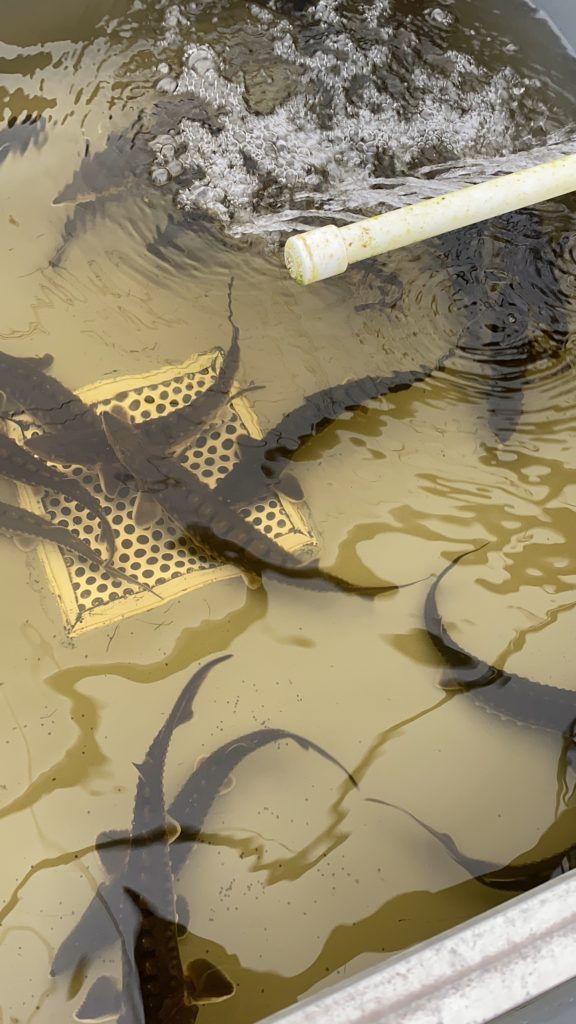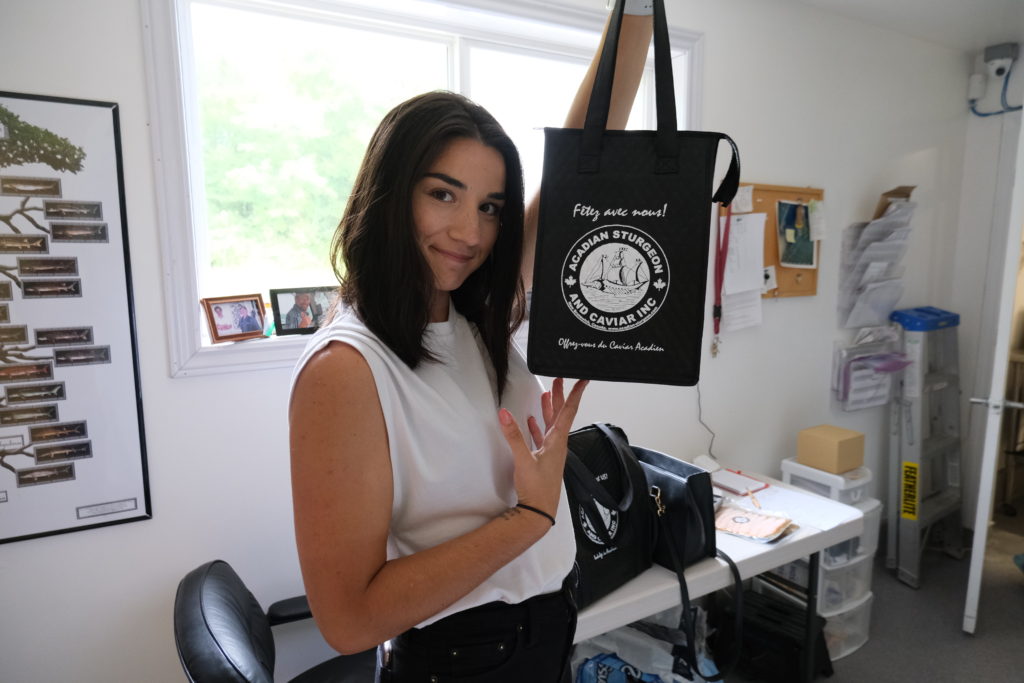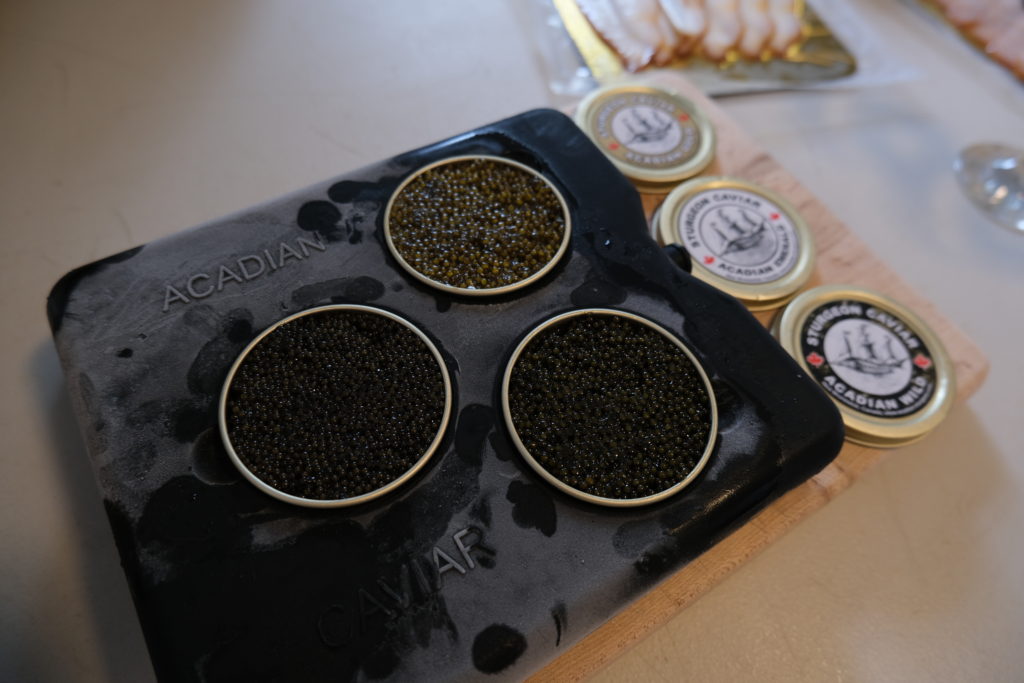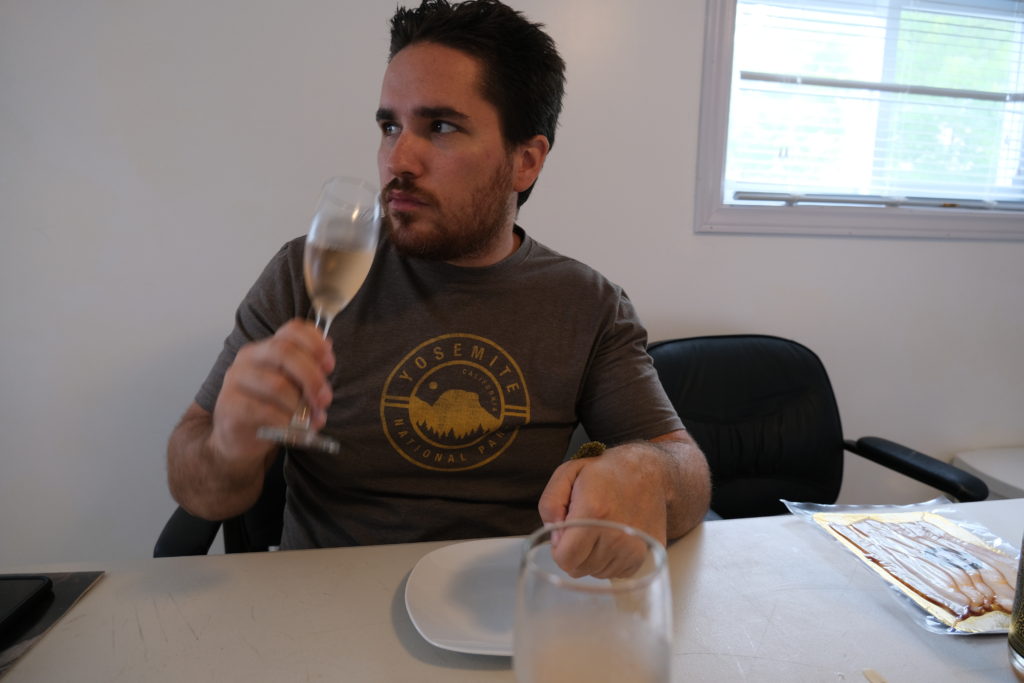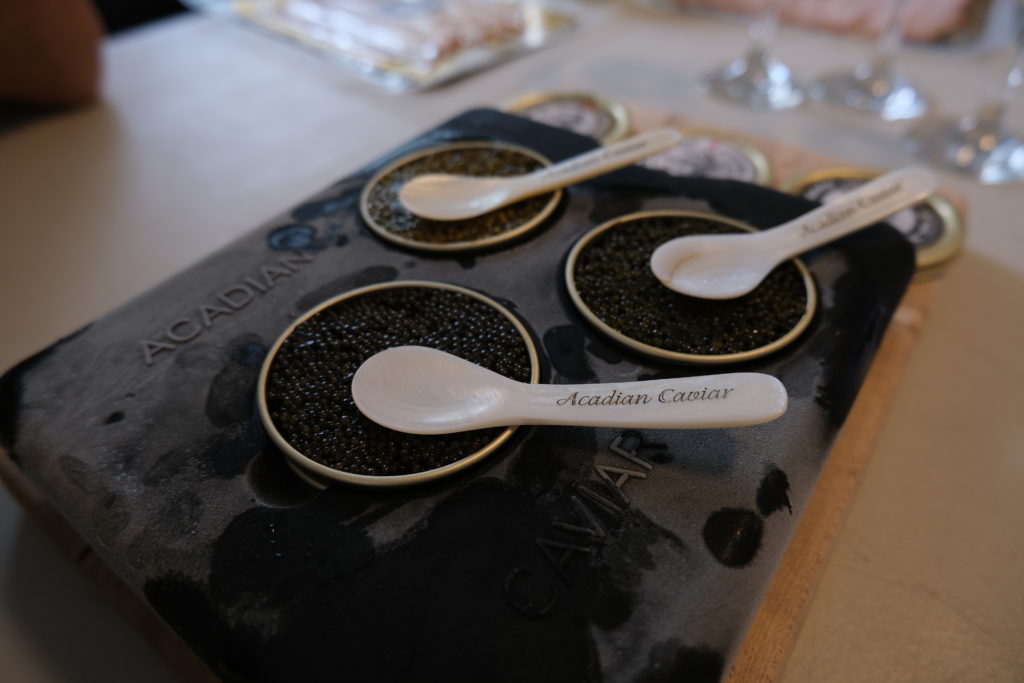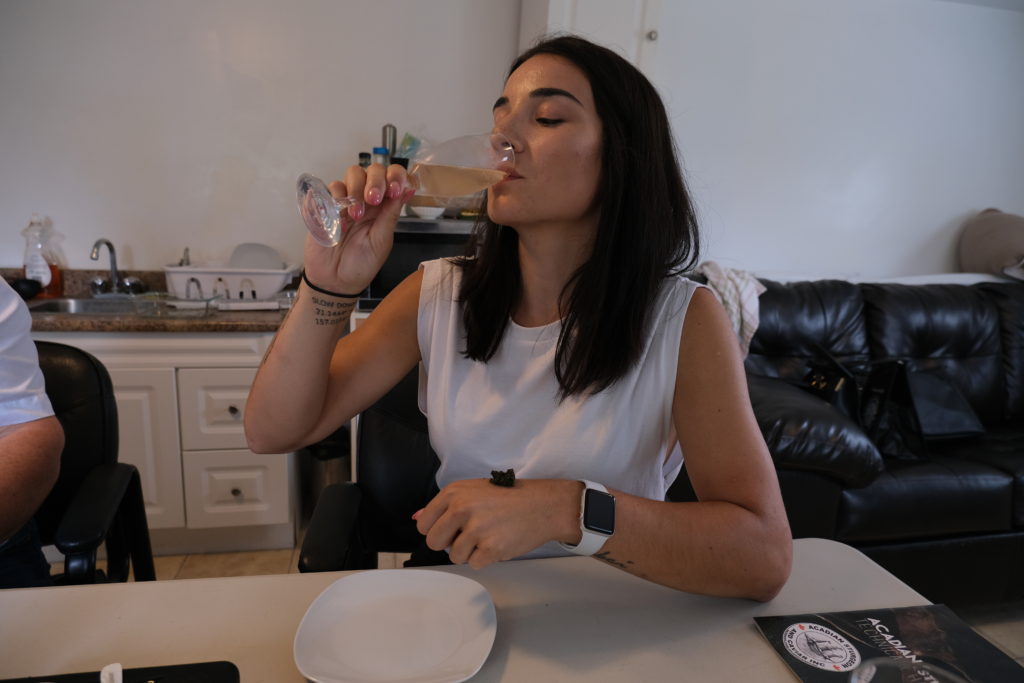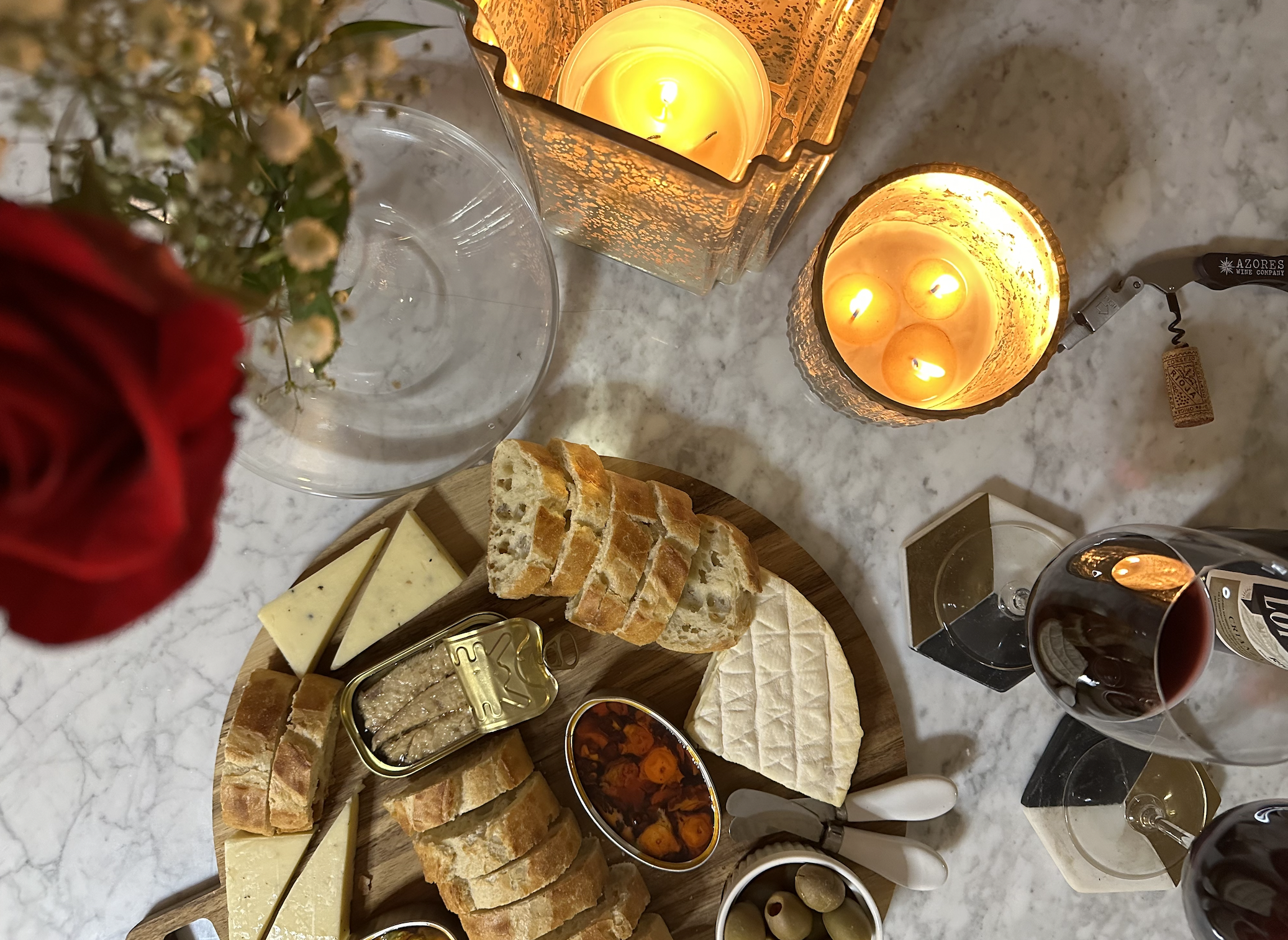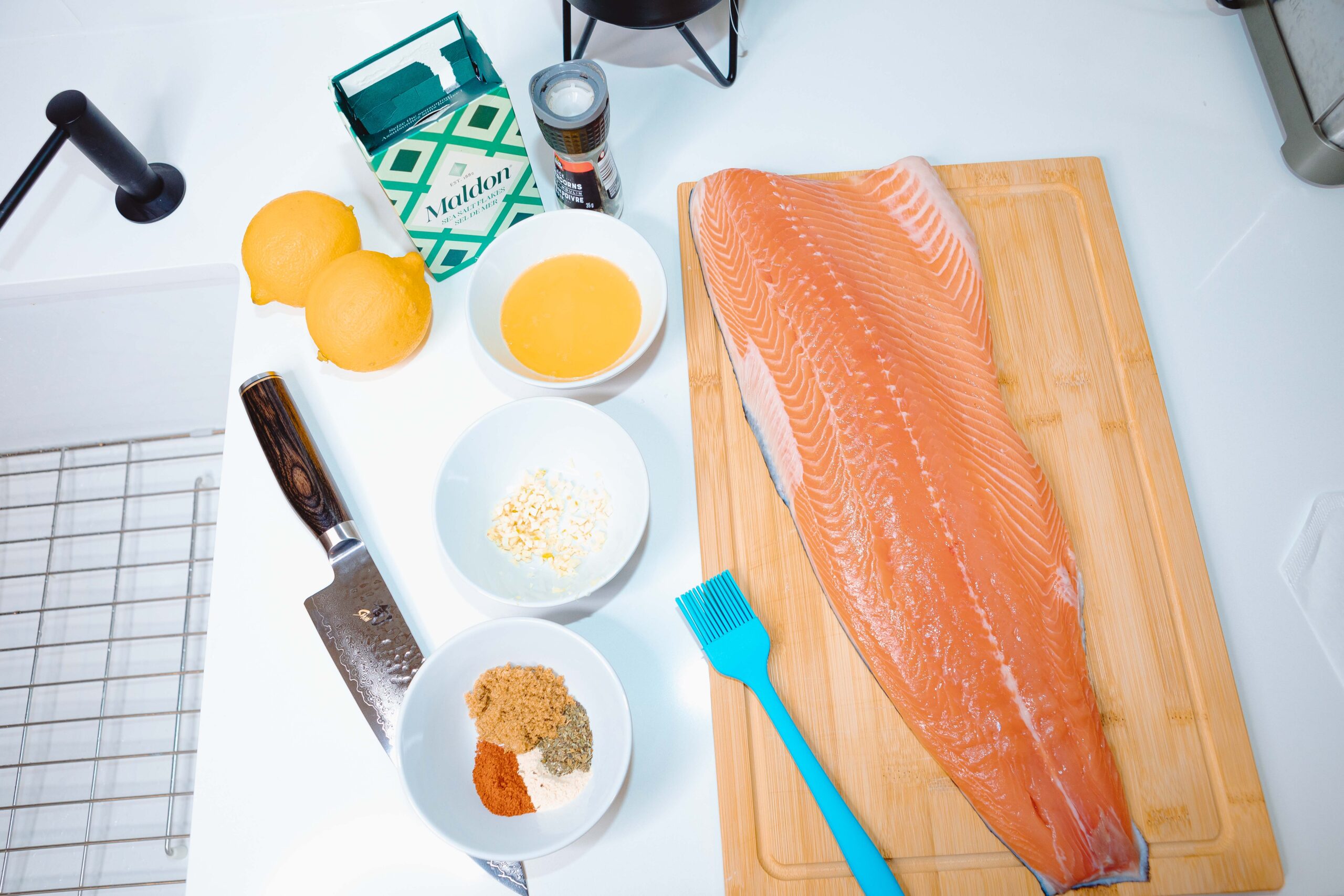
Sustainable Caviar Production on Canada’s East Coast
When you think of caviar, you probably don’t think of Canada.
Most of the world’s caviar is produced in Russia and China, and not always in the most sustainable or ethical ways.
But, in Carter’s Point, New Brunswick, one family is trying to change the way that we produce and enjoy caviar.
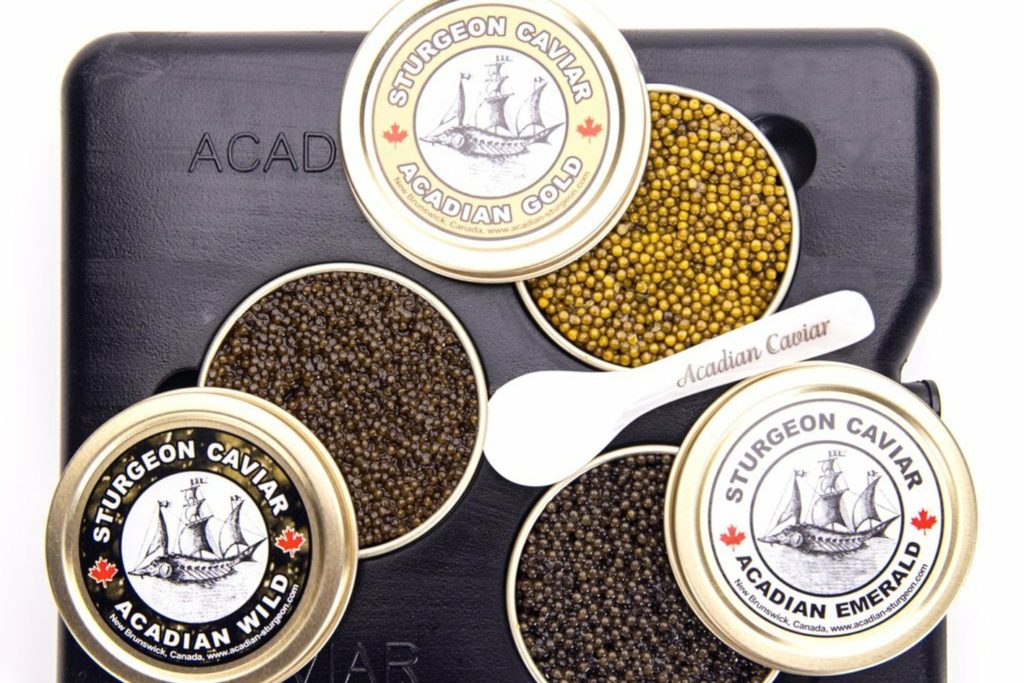
Caviar is a food consisting of salt-cured roe of sturgeon. Caviar is considered a delicacy and is eaten as a garnish or a spread.
Acadian Sturgeon & Caviar is a family-run business that is sustainably producing caviar using both wild sturgeon from the St. John river and aquaculture-bred sturgeon from land-based facilities.
The company is headed by Cornel Ceapa, who immigrated to Canada from Romania, after finishing his PhD on sturgeon biology at the University of Lower Danube. During his PhD, Cornel became concerned about declining sturgeon populations and what he could do to address it.
Despite warnings from his colleagues that studying sturgeon wasn’t a good idea due to their declining numbers, Cornel remained committed to his passion for the fish. “Some of my professors and colleagues actually disapproved of me choosing a PhD on sturgeon ecology as they told me it would be very hard and almost impossible to get enough data on them as there were very few left. I replied that this is actually an even stronger reason to do it, trying to save them at the last minute!”
When he and his wife first moved to Canada, Cornel was continuing his research on sturgeon at the University of New Brunswick. He worked as a liaison between the university and an industrial partner to develop sturgeon aquaculture for two local species. During my visit to his aquaculture facilities, Cornel told me, “New Brunswick has two native sturgeon species that are very special, with huge qualities and potential for aquaculture. New Brunswick also has lots of good quality water, reasonably priced land, and great people that helped us all along the way during the hard initial start-up years! Also both sturgeon populations are in very good shape, something that we did not take for granted but worked toward making sure they are sustainably managed and our activities will not be detrimental to their stocks. We probably could not have done it in any other place in the world
Who would have guessed that New Brunswick was such a perfect location for caviar production?
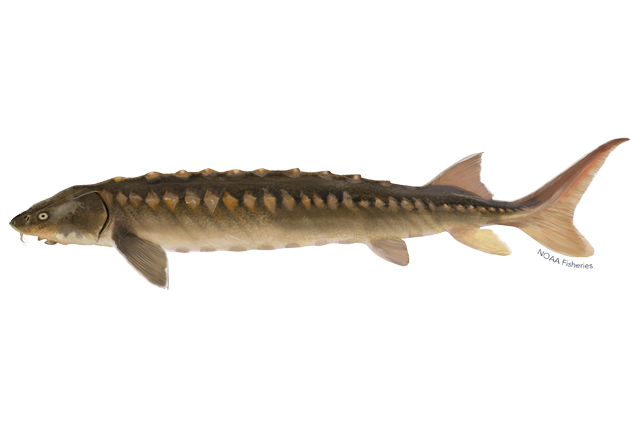
Unfortunately, due to the nature of aquaculture production, specifically the significant upfront investment and the length of time before any significant returns, the industrial partner ended the project. Not ready to see his hard work go to waste, Cornel and his wife took over the operation themselves. “At this point, me and my wife decided to take it on ourselves, because we were crazy enough about these fish! We knew it would be hard, but we knew that if anyone could do it, it would be us. We knew the fish, knew to work hard and had the patience and perseverance needed to succeed.”
And that’s how Acadian Sturgeon & Caviar was born.
Acadian Sturgeon & Caviar is truly a one-of-a-kind operation. They are the only caviar operation in the world to offer caviar products from both wild and farmed sturgeon. This is something that was done intentionally to support the company’s commitment to supporting sustainable sturgeon populations.
Sustainable caviar production
“It is important for us to offer both because in aquaculture we strive to obtain a quality as close as possible to the wild characteristics of the meat and caviar we started from. A lot of sturgeon in the world also started from a very low genetic variability because they started too late, when the original populations were overfished. We start from a very healthy population and are able to select and do a selective harvest for our aquaculture production.” Cornel told me while showing me through his aquaculture facility.
The company’s farmed sturgeon is raised in a land-based facility. Land-based aquaculture is considered to be one of the most sustainable forms of aquaculture as it doesn’t have any adverse effects on the marine environment. Cornel said that he was committed to raising sturgeon differently from the rest of the world. His business is guided by a goal to protect the marine ecosystem and wild sturgeon populations, while also producing a higher quality product. “Most of the world’s caviar production is done in cages in lakes which is really bad for the environment because it will completely eutrophicate the lakes and they will eventually be killed by organic pollution.” Cornel explained. “Another large portion is done in industrial recirculation systems that also have lots of downfalls especially for the quality of the fish and caviar. We believe we do it differently and we do it right!”
Cornel’s commitment to sustainability is one of the reasons I was so eager to meet him during my trip to Canada’s East Coast. Because caviar production has been so controversial from a sustainability standpoint, I was curious to learn about why this operation was different. Suffice to say, I was not disappointed. From the selective harvesting to the efficient land-based aquaculture production, Acadian Caviar & Sturgeon ticks all the sustainability boxes.
Both their wild and farmed sturgeon are also recommended by the Ocean Wise seafood program.
There are different sustainability metrics in place for the wild harvest and the aquaculture products, Cornel explained, “For the wild harvest, the fishery is strongly regulated and the population is continuously monitored. We have a quota based on the Precautionary Approach and then confirmed through the stock assessment performed together with two local universities and DFO. We do a selective harvest which ideally should be done with any organism we harvest, to ensure the optimum individuals are selected for harvest.”
By “selective harvest” Cornel means that his company only harvests sturgeon that meet a very specific set of standards. This helps ensure quality control in their product, but also helps to ensure that wild populations can replenish.
Acadian Sturgeon & Caviar only harvests 175 females and 175 males from the St. John River every year. This represents less than 2% of the river’s sturgeon population and is well below the Total Allowable Catch of the fishery. When being selective with their harvesting, they tag and release any “spent females”, referring to females who no longer have eggs for caviar, or females that have smaller eggs not suitable for caviar. They also tag and release smaller males that still have potential for exponential growth, to maximize the value of our resource. “Everything we do is to manage and harvest from the population in a way that makes sure that the future generations have equal access in perpetuity to the same resource.”
The aquaculture side of sustainability is approached a bit differently. “On the aquaculture side, I prefer to refer to sustainability as responsibility.” Cornel explained, “It has different indicators of success than the wild population’s sustainability and generally has three parts: environmentally responsible, socially responsible and economically viable. I would add that aquaculture to be sustainable should produce a high quality safe fish that has a quality as close as possible to the wild. This is if we want aquaculture to actually reduce the pressure on the wild resources. Our farming operation is land based in fiberglass tanks, we run the farm on a natural light and temperature cycle to mimic the wild conditions, stop feeding the fish during winter and early spring to reduce fat levels and make the meat more lean and natural.”
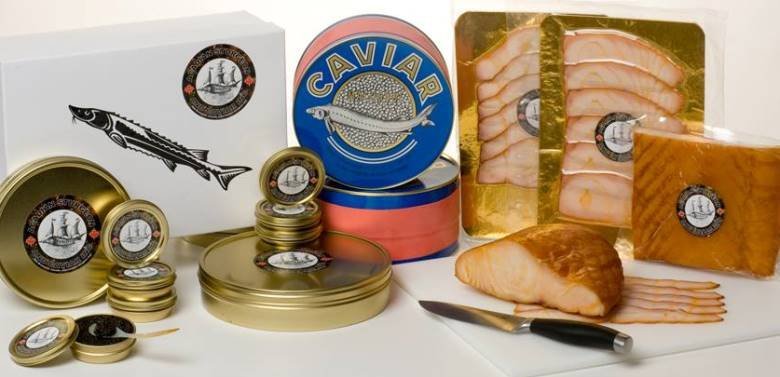
Finally, Cornel stays true to his commitment to sustainability by minimizing waste in his caviar production process. While many other operations around the world are only harvesting eggs, and throwing away the rest of the fish, Acadian Sturgeon and Caviar produces a wide variety of sturgeon products using the other parts of the animal. “We use the while fish – nose to tail.” Cornel told me as he showed me a facility full of unique sturgeon products. Smoked sturgeon fillets, sturgeon pate, even the cartilage and bone marrow are available for purchase. You can even buy professionally-treated sturgeon skin for home decor purposes. No piece of the animal is wasted in this facility. Something I’d certainly love to see more seafood companies being conscious of!
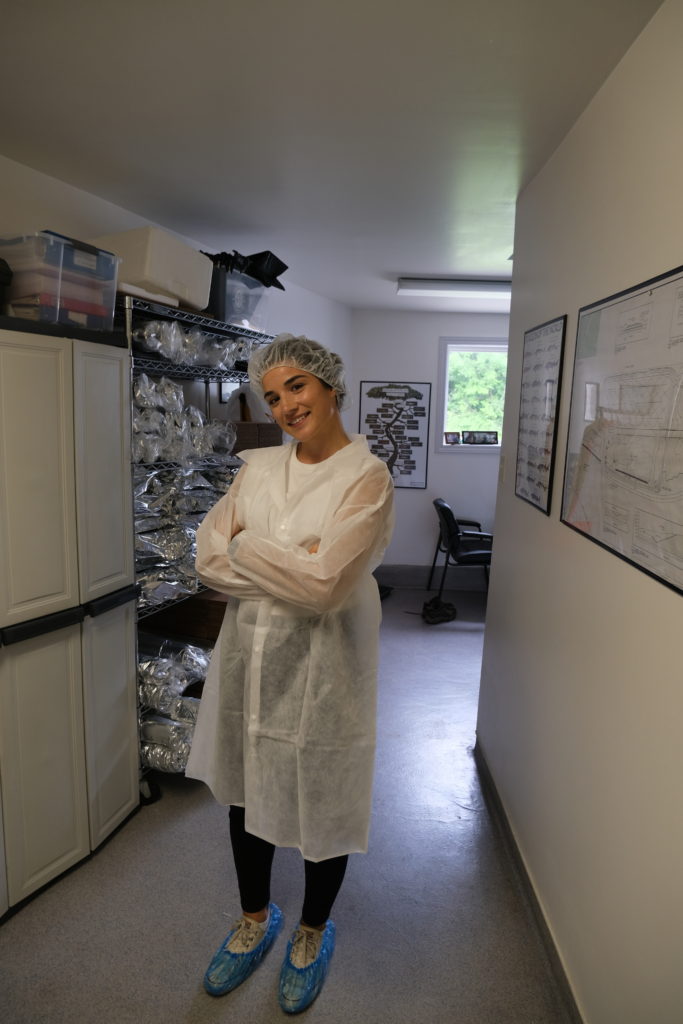
Caviar Tourism
One other thing that I was so impressed with at Acadian Sturgeon & Caviar was their commitment to consumer education about sustainable seafood. They don’t just uphold these practices in their operation, but they make an effort to get consumers more involved in the process and help them better understand the realities of sustainable seafood.
Cornel offers several different “seafood tourism” experiences including a “Sturgeon Safari”, which may be the COOLEST seafood tourism experience on the planet.
The Sturgeon Safari is a full-day experience, where guests have the opportunity to participate in sturgeon harvest and research and tour the facilities, before enjoying a multi-course tasting with Cornel. It’s truly a culinary and education experience like no other.
If you don’t have a full day to join the crew on the boat for the fishing and research portion, you can book the “Caviar Academy” experience, which is a 2-3 tasting and education experience. Guests will have the opportunity to sample several types of caviar and learn more about sustainable caviar production.
If you find yourself in New Brunswick, be sure to plan a visit out to Acadian Sturgeon & Caviar to get a first-hand experience with this incredible seafood product!
Read about more Canadian seafood tourism experiences here!

